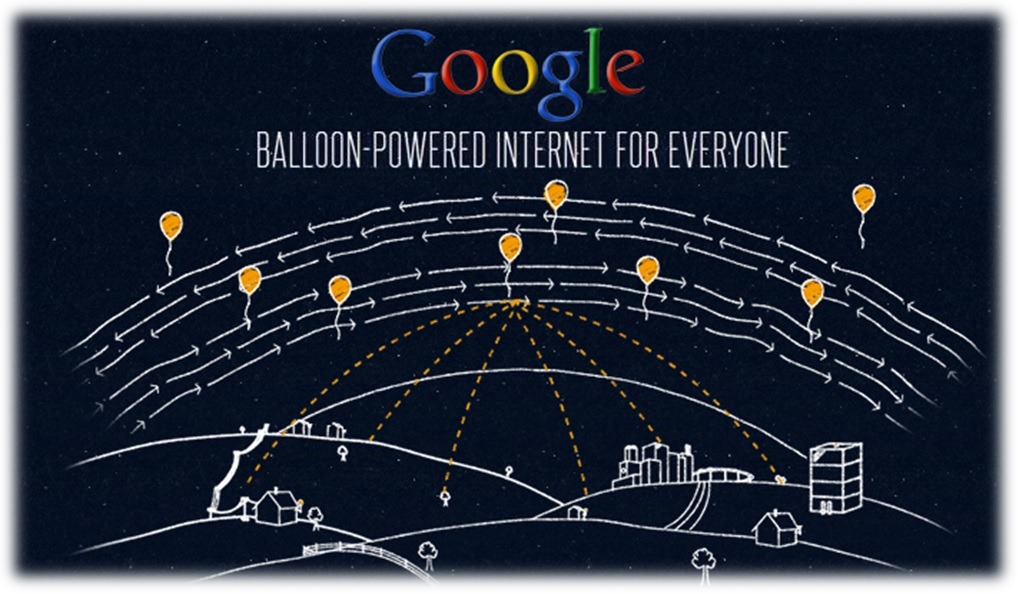Google’s Project Loon: Internet for everyone
What is Project Loon?
Although many of us view the internet as a global phenomenon, a whooping two-thirds of the world’s population are yet to have access. Project Loon is an initiative by Google designed to connect those in rural and remote areas to the internet, help fill coverage gaps and bring people back online after disasters.
How does Loon work?
Loon is a network of balloons travelling on the edge of space. The Loon balloons float in the stratosphere, twice as high as air planes and the weather. In the stratosphere, there are many layers of wind, and each layer of wind varies in direction and speed, the balloons go where they’re needed by rising or descending into a layer of wind blowing in the desired direction of travel.
Google has partnered with various telecoms companies to share cellular spectrum to allow people to connect to the balloon network directly from their phones and other LTE-enabled devices. The signal is then passed across the balloon network and back down to the global Internet on Earth.
Where is Loon going?
Project Loon began with a pilot test in June 2013, when thirty balloons were launched from New Zealand’s South Island and beamed Internet to a small group of pilot testers. The pilot test has since expanded to include a greater number of people over a wider area. Looking ahead, Project Loon will continue to expand the pilot, with the goal of establishing a ring of uninterrupted connectivity at latitudes in the Southern Hemisphere, so that pilot testers in these latitudes can receive continuous service via balloon-powered Internet.

